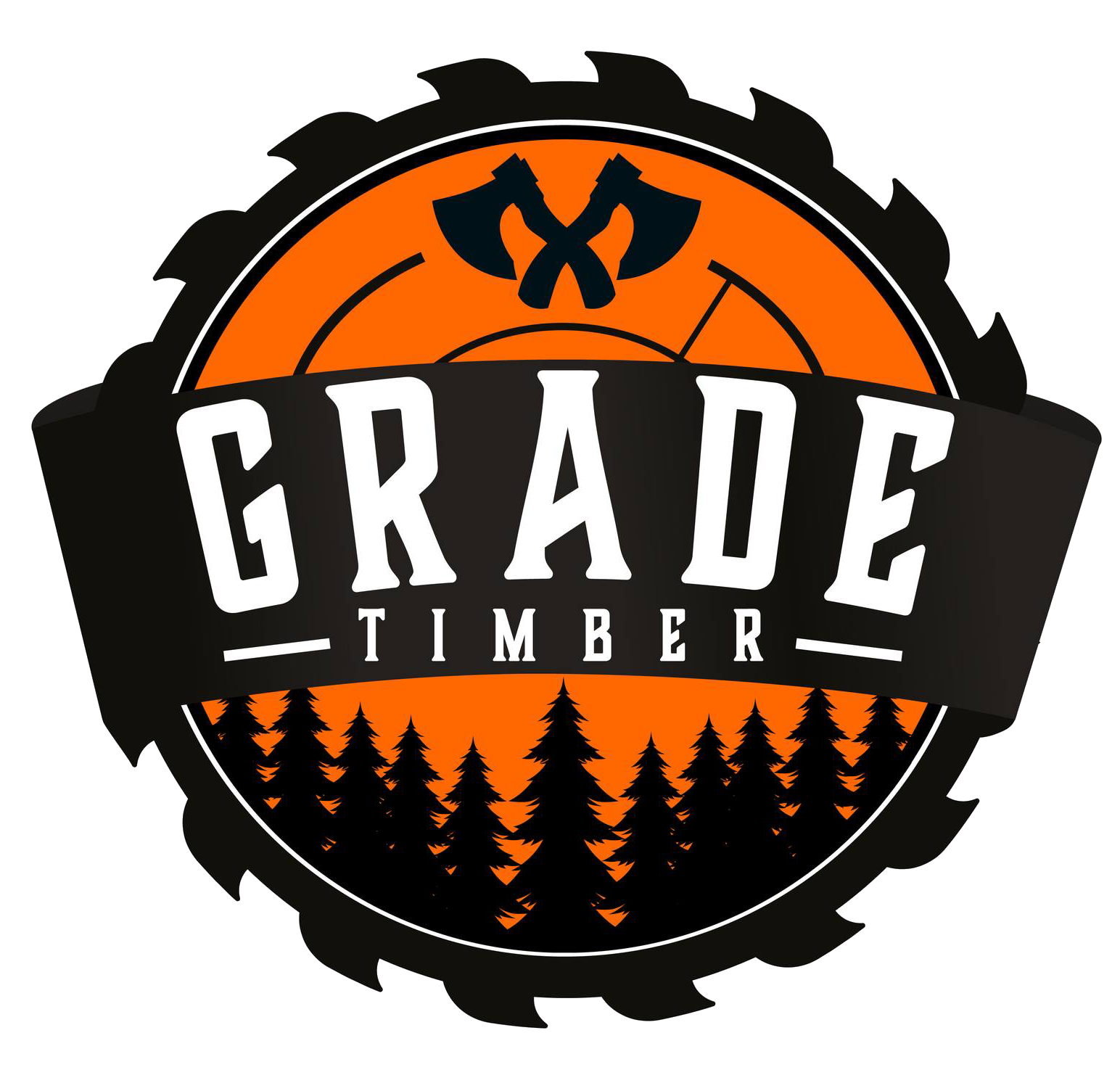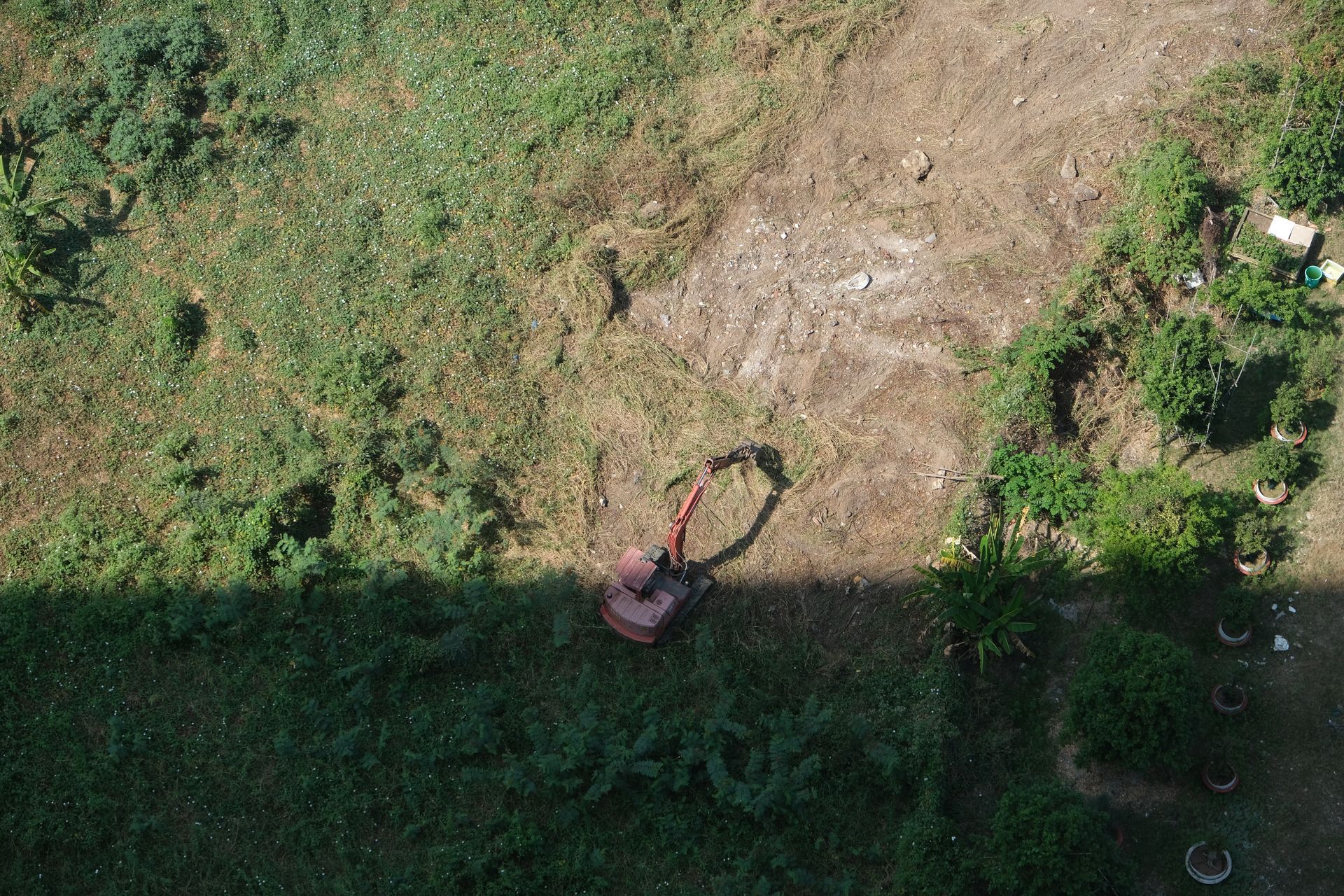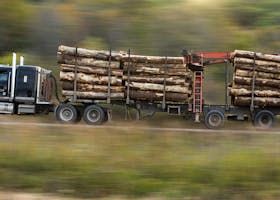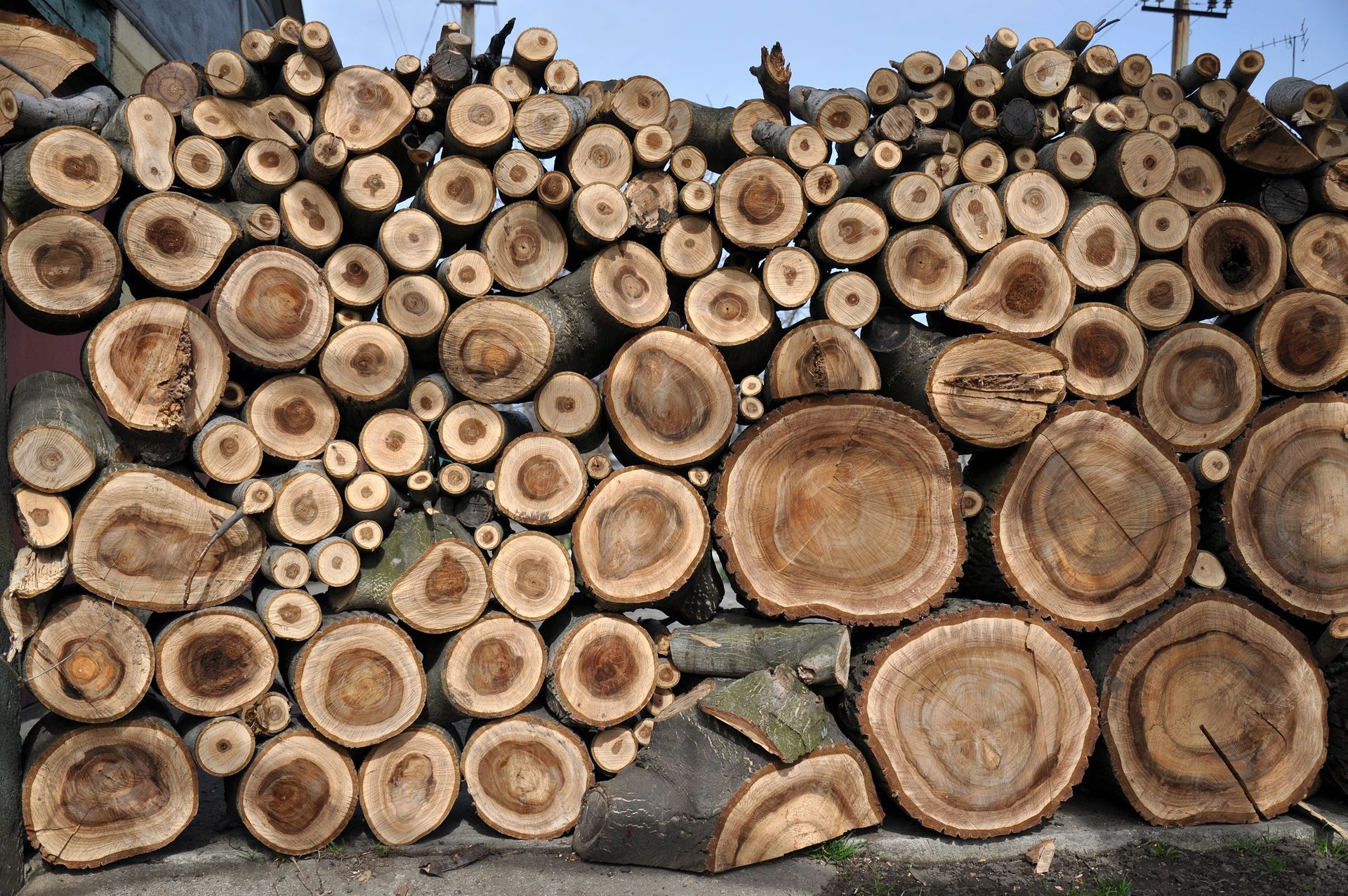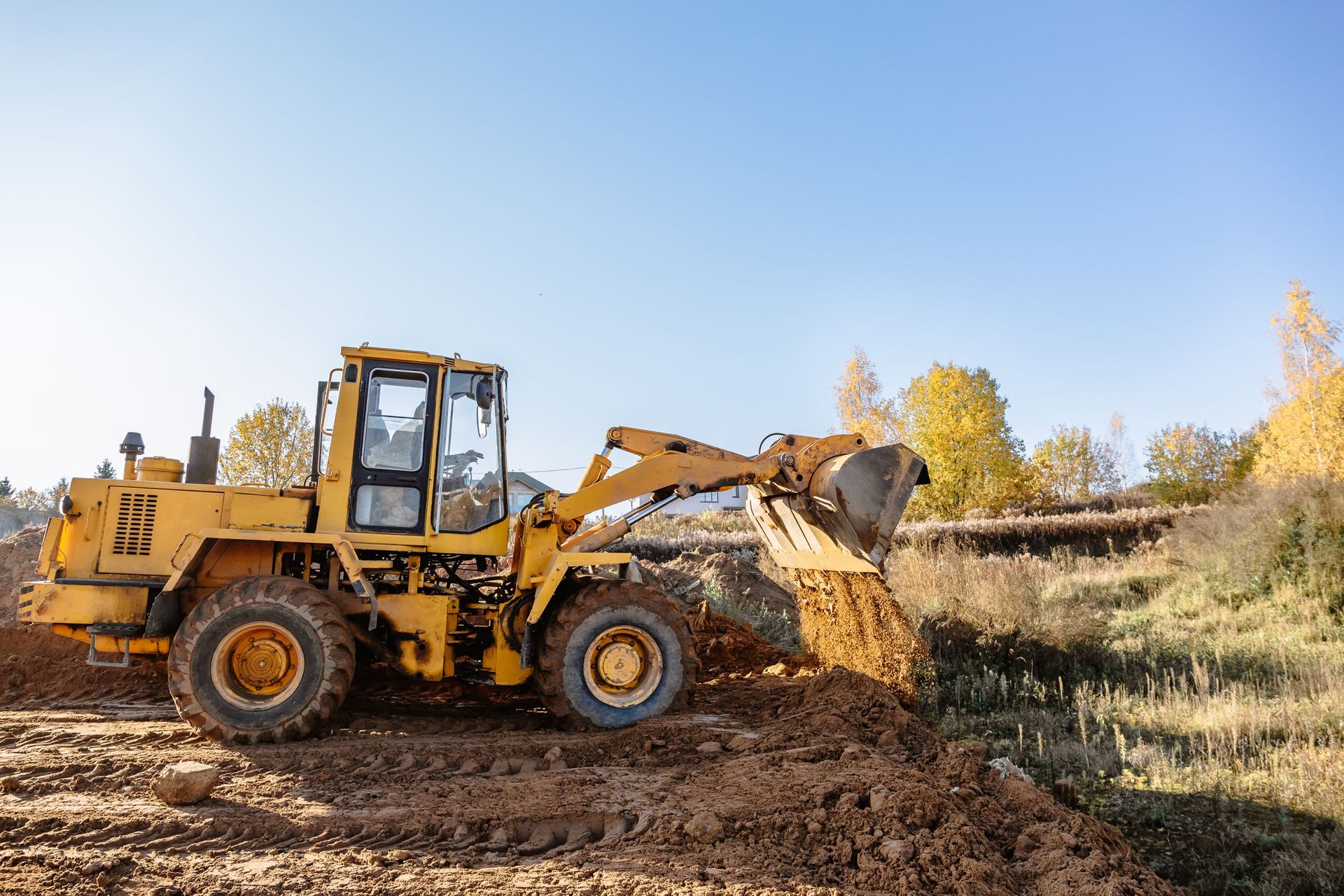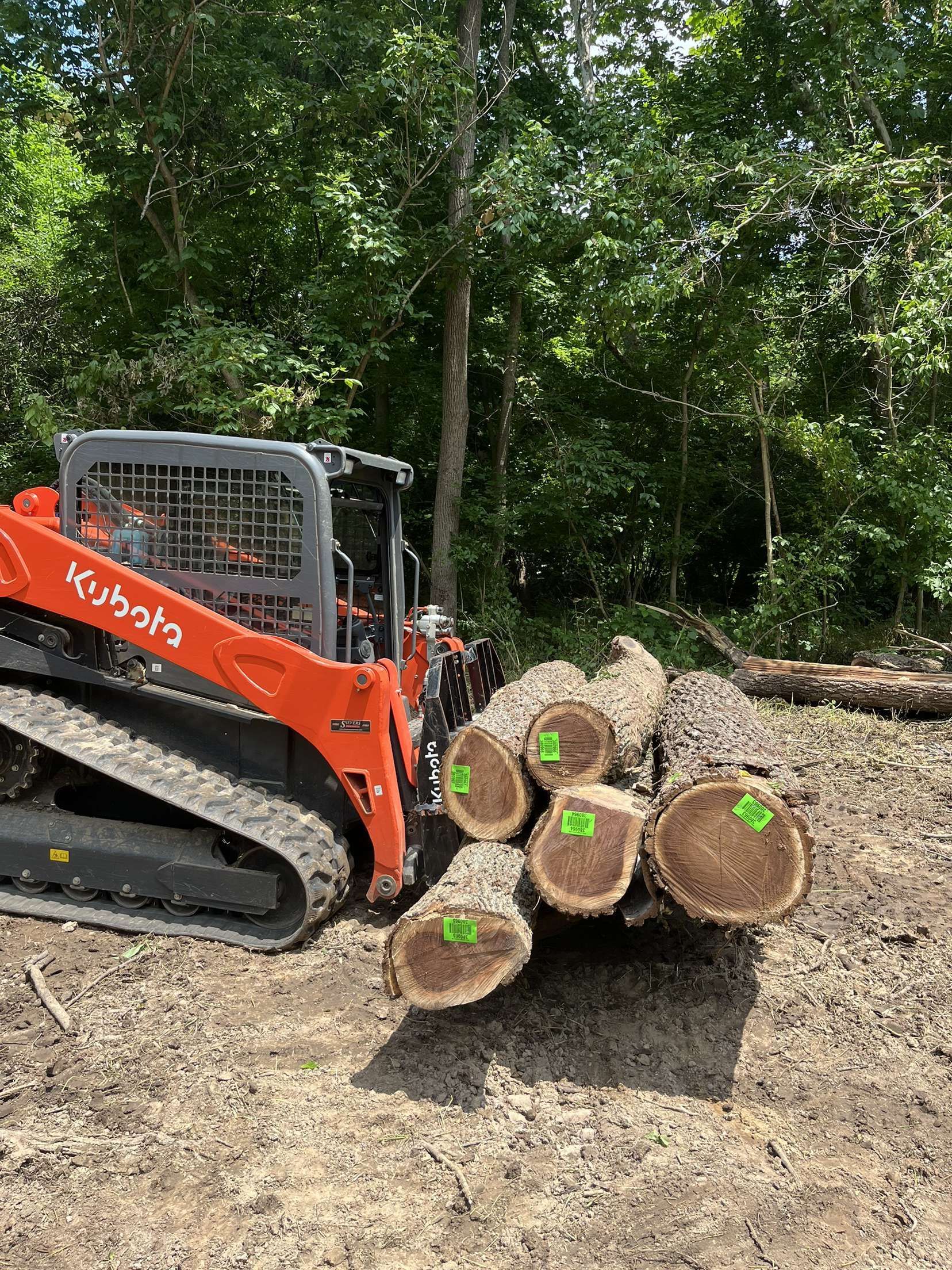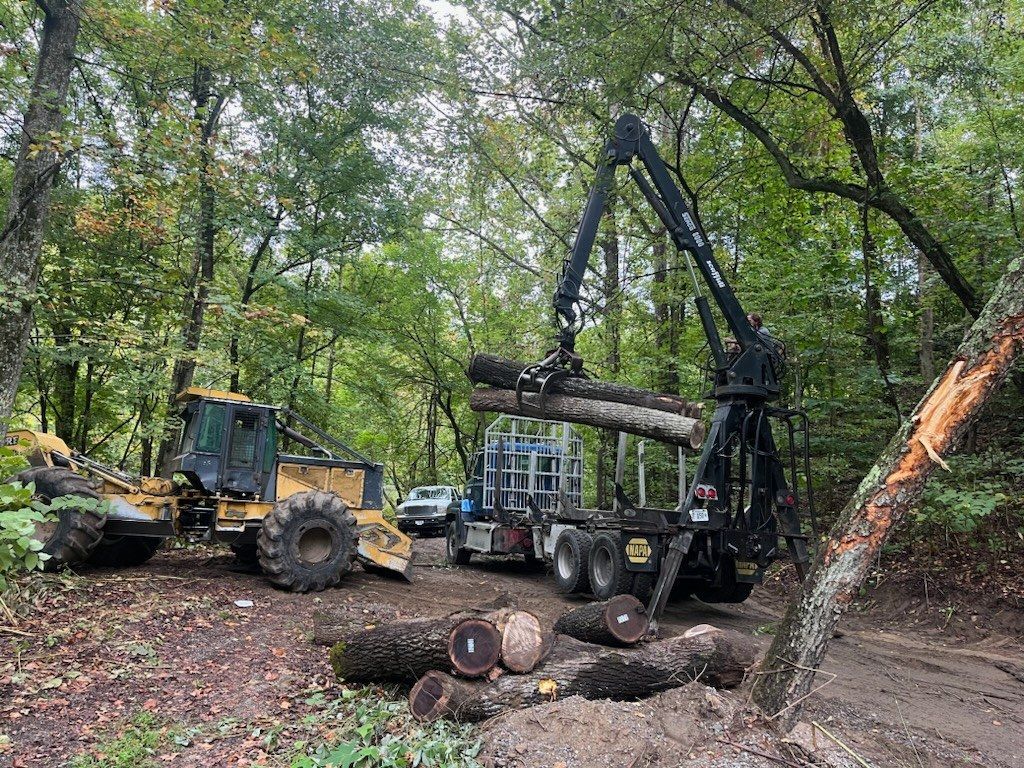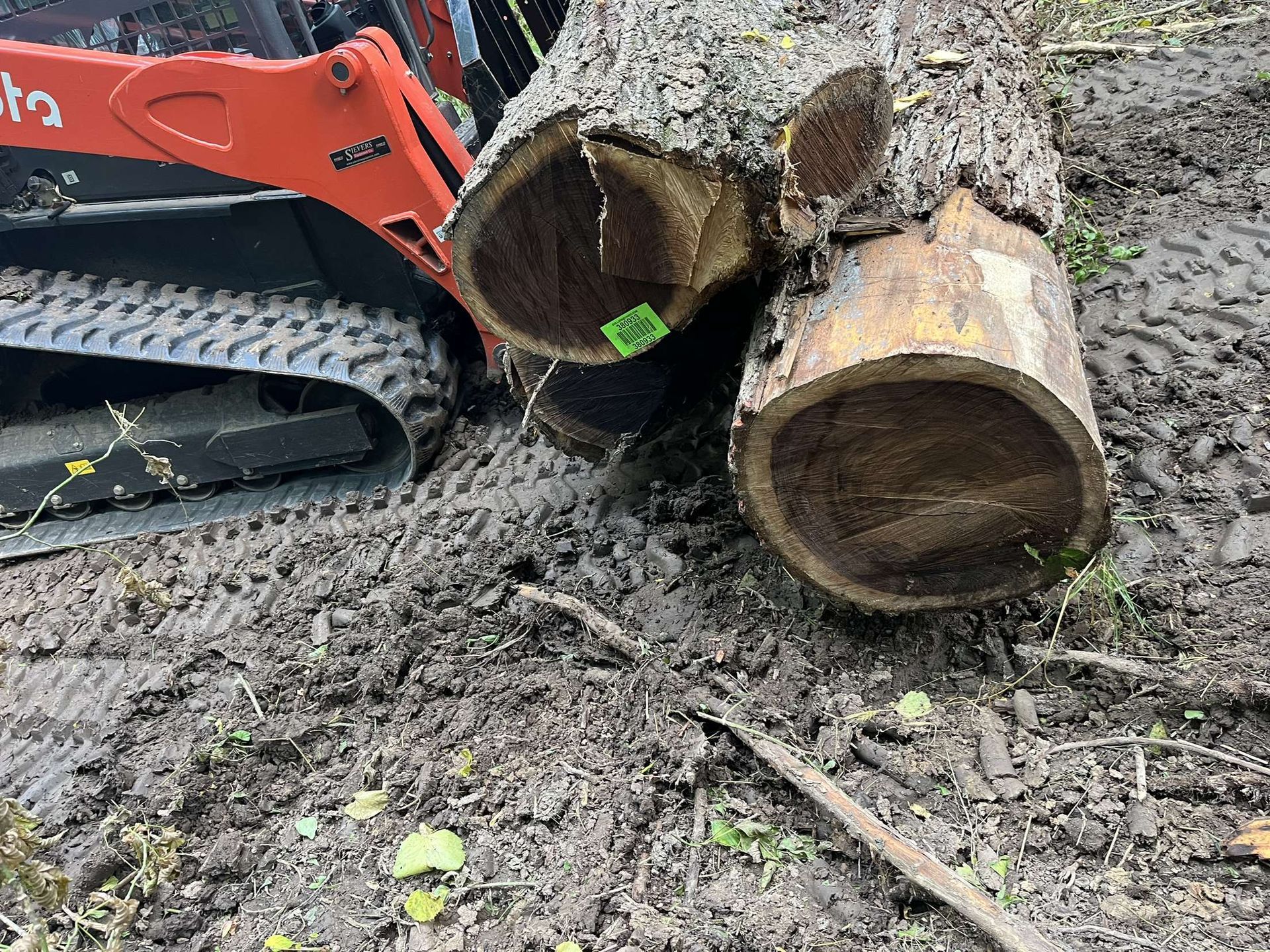Marketing Timber Properties with Professional Visuals
In the competitive landscape of timber property sales, where vast acreages and natural features define value, effective marketing is the linchpin to attracting discerning buyers and securing optimal deals. Traditional listings with ground-level photos often fail to convey the full scope of forested lands, leaving potential investors to imagine boundaries, terrain variations, and resource potential. At Grade Timber, we elevate marketing strategies through professional drone services, creating stunning aerial visuals that transform ordinary listings into compelling narratives. By capturing high-resolution photos, dynamic videos, and immersive virtual tours, we showcase timber properties in their entirety, highlighting everything from stand density to accessibility and environmental features. This not only draws more inquiries but also accelerates sales, as evidenced by industry statistics showing properties with aerial imagery selling up to 68% faster.homejab.com
The power of visuals in real estate—and by extension, timberland marketing—cannot be overstated. Buyers today, often remote investors or institutional funds, rely heavily on digital previews to shortlist properties. Drone technology bridges this gap, offering bird's-eye views that reveal the true expanse and allure of timber assets. Whether it's a sprawling pine plantation or a mixed hardwood tract, aerial visuals provide context that ground shots simply cannot, such as proximity to mills, road networks, or water sources. As the market for drone photography in real estate surges, with projections indicating continued growth driven by tech-savvy millennials and Gen Z buyers, integrating these tools is no longer optional—it's essential for standing out.thedronelifenj.com
The Grade Timber Methodology: Crafting Immersive Aerial Narratives
At Grade Timber, our drone services for marketing timber properties are tailored to deliver professional, high-impact visuals that resonate with buyers. We deploy FAA-certified UAVs equipped with 4K cameras, gimbal stabilizers, and multispectral sensors to capture footage that goes beyond aesthetics—incorporating data on vegetation health and land features for informed decision-making. The process begins with site reconnaissance: Our pilots conduct pre-flight assessments to identify key angles, ensuring compliance with airspace regulations and privacy laws.nar.realtor
Flights are executed at varying altitudes—low for detailed canopy shots and higher for panoramic overviews—creating a portfolio of assets including still images, cinematic videos, and 360-degree panoramas. Videos, in particular, highlight the property's scope by sweeping across boundaries, zooming into timber stands, and orbiting unique features like streams or wildlife corridors. Advanced editing software enhances these with overlays, such as boundary lines or yield estimates, turning raw footage into polished marketing materials. For example, we can stitch multiple images into orthomosaics for accurate maps, or produce virtual tours that allow buyers to "fly" through the property remotely.dartdrones.com This methodology not only minimizes on-site disruptions but also ensures visuals are optimized for platforms like MLS listings, websites, and social media, where video content boosts engagement by up to 403%.dronevideos.com
We also incorporate storytelling elements: A video might start with a dramatic ascent revealing the full acreage, transition to close-ups of mature timber, and end with sunset shots emphasizing serenity. This narrative approach helps buyers envision ownership, whether for harvesting, recreation, or conservation. Costs are accessible, starting at a fraction of traditional aerial surveys, making professional visuals viable even for mid-sized properties.dronevideos.com
Real-World Applications: Case Studies in Timber Marketing Success
The impact of drone visuals in marketing timber properties is vividly illustrated through practical deployments across the industry. In North Austin, Texas, a real estate firm used drone photography to market rural land parcels, capturing clear property boundaries and expansive views that highlighted timber potential. The aerial images not only delineated forested areas but also showcased accessibility to nearby infrastructure, resulting in quicker inquiries and a sale within weeks—far surpassing ground-only listings.austinvisuals.com Similarly, in large-acreage sales, drones have proven invaluable for storytelling, as seen in a Hommati project where videos of properties with impressive landscaping and woodlands created immersive tours, reducing time on market by emphasizing scale and features like trails or ponds.hommati.com
A standout case from commercial real estate involves AerialSphere's collaboration with CBRE, where immersive 360-degree drone experiences allowed remote clients to explore vast land holdings without travel. For timber-specific applications, this translated to virtual inspections of stands in remote areas, aiding investors in assessing volume and health from afar.aerialsphere.com In another instance, a Maryland forestry glossary project indirectly benefited from drone mapping to document timber tracts, but marketing adaptations showed properties selling faster when visuals included NDVI overlays indicating healthy regrowth post-harvest.dnr.maryland.gov At Grade Timber, we've mirrored these successes in Pacific Northwest plantations, where drone videos of Pinus radiata stands—complete with LiDAR-derived volume estimates—garnered multiple offers, with one property closing 50% above asking due to the compelling presentation.mdpi.com
Globally, case studies from Australia and Europe highlight drone use in modular timber construction marketing, where aerial visuals of sites underscored sustainability and scale, attracting eco-conscious buyers.facebook.com These examples demonstrate how drones not only accelerate sales but also command higher prices by providing transparency and excitement.
Compelling Benefits: Accelerating Sales and Maximizing Value
The advantages of incorporating professional drone visuals into timber property marketing are profound and multifaceted. Foremost, they expedite sales: Listings with aerial videos see 68% faster closings, as buyers gain a comprehensive understanding without initial site visits.homejab.com This is particularly crucial for timberlands, where scale and remoteness can deter interest. Higher prices follow suit, with statistics indicating premiums of 5-10% for properties marketed with drones, driven by enhanced perceived value and competitive bidding.dronevideos.com
Increased offers stem from broader reach: Drone content performs exceptionally on digital platforms, with 85% of buyers preferring agents who use video marketing.dronevideos.com For landowners, this means more qualified leads, as visuals filter out mismatches early. Cost efficiencies are notable too—drone services yield ROIs through reduced holding times and marketing expenses, with agents reporting up to 73% more listings won via drone adoption.dartdrones.com Sustainability benefits emerge as well: By showcasing conservation aspects like biodiversity corridors, properties appeal to impact investors, potentially qualifying for green incentives.
Market growth in drone photography further amplifies impact, with the sector expanding as 83% of sellers favor drone-using agents.dartdrones.com In luxury and rural segments, where timber fits, drones create emotional connections, turning listings into aspirational stories that drive offers.
Looking Ahead: Evolving Visual Marketing in Timber Sales
The trajectory for drone visuals in timber marketing is upward, with integrations like AI-enhanced editing and VR tours on the horizon. Predictive analytics could overlay future yield projections, while 5G-enabled real-time streaming allows live virtual showings.matterport.com As regulations evolve and costs drop, adoption will surge, positioning early adopters like Grade Timber at the forefront of precision marketing.
Elevate Your Timber Listing with Grade Timber
In conclusion, professional aerial visuals are a game-changer for marketing timber properties, fostering faster sales, higher prices, and increased offers through immersive, data-rich presentations. At Grade Timber, we turn your forested assets into irresistible opportunities. Contact us today for a consultation and let our drone expertise propel your property to success.
